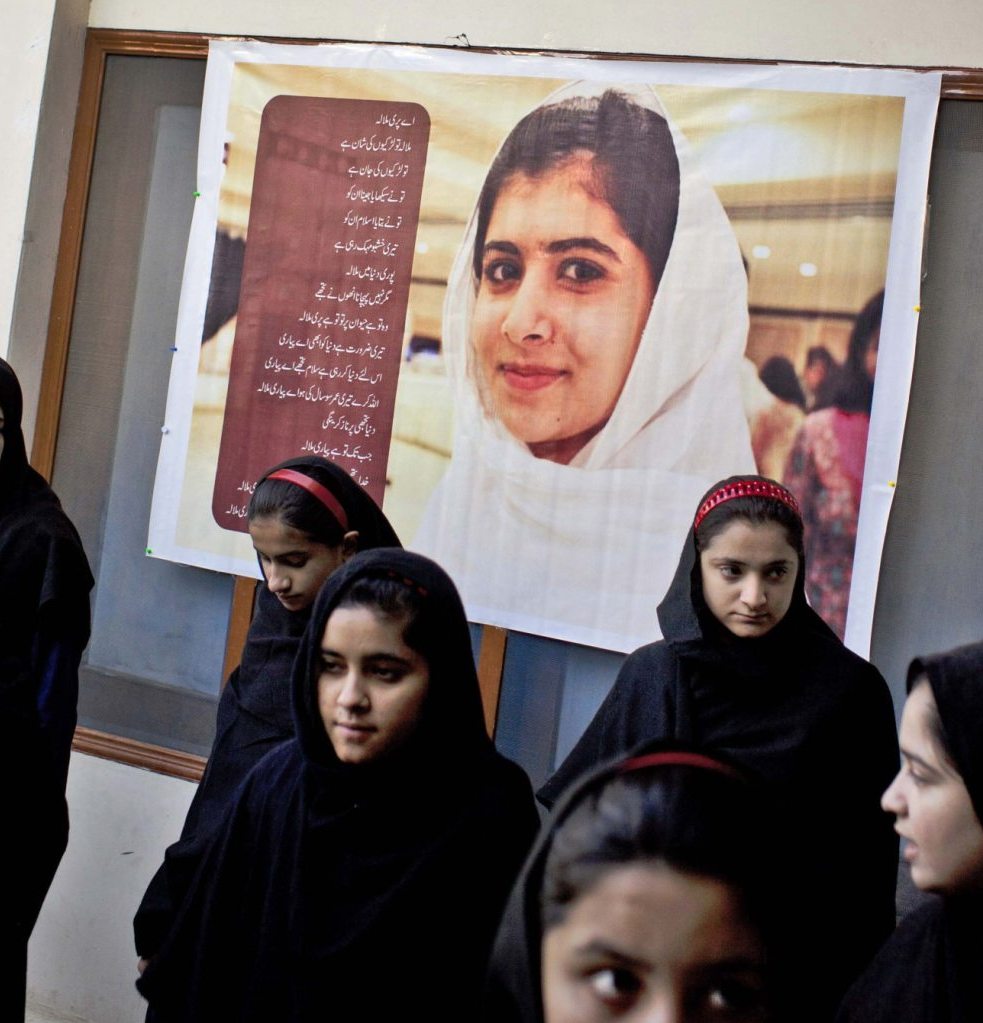Malala becomes lightning rod for anger over neglect of her hometown
In the hometown of Nobel prize winner Malala Yousafzai, the students at the government-run Girls’ High School Mingora sit cross-legged on sacks and sheets on the floor because there is not enough furniture. The windows are broken, the walls dirty, and the teachers angry. Their anger is not directed at Malala herself, they say, but at a world that lavishes attention on her while ignoring the neglect and violence in her home of Swat Valley. Many residents looked askance during a cake cutting ceremony Saturday, pointing out that even as leaders paid lip service to Malala’s education drive, they were allowing schools in her hometown to crumble under government neglect and continued military occupation.
It’s all Malala, Malala, Malala. There are hundreds of people who have sacrificed everything and lost everything. No one has given them anything.
Saima Khan, mathematics teacher.
Malala rose to national fame after keeping an anonymous blog detailing her struggle to continue her education when the Taliban ruled her home in Swat Valley. Since her shooting, she has written a book, addressed the United Nations and won a slew of prizes, culminating in the Nobel peace prize on Friday, which she shared with an Indian child rights activist. The world’s singular focus on 17-year-old Malala to the exclusion of other victims has fueled ugly rumors that she was a CIA agent or that her family planned her shooting so they could benefit.
The idea that Malala is an agent or that her father planned her shooting or other such things, they are entrenched in people’s mind because of a reason.
Gul Makai, science teacher

World malala